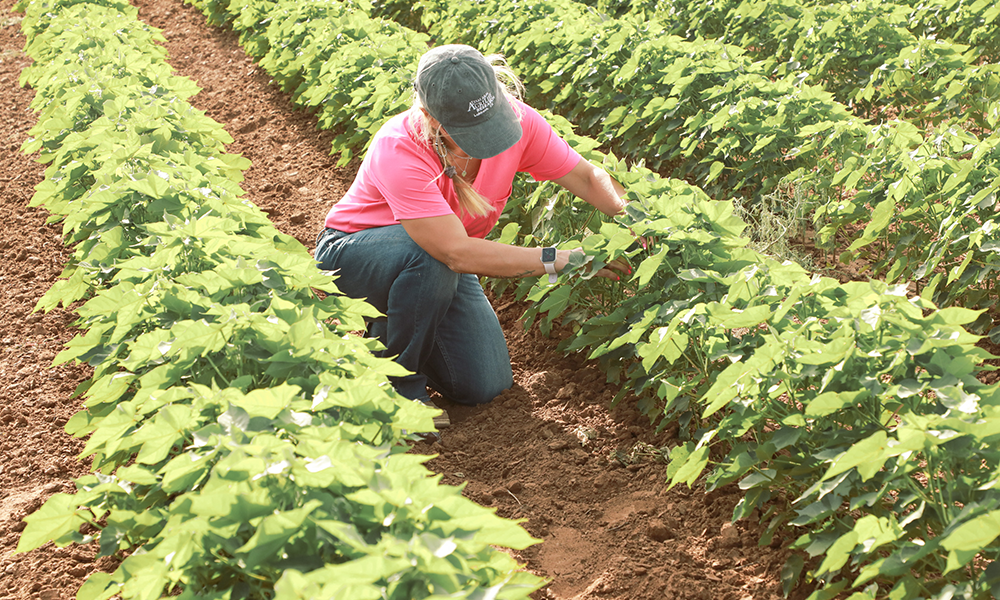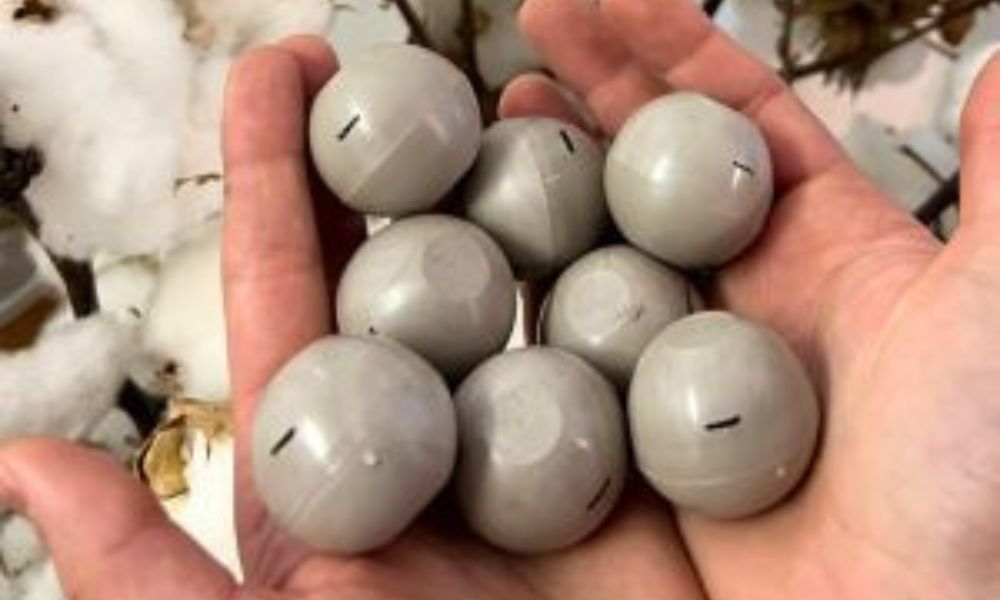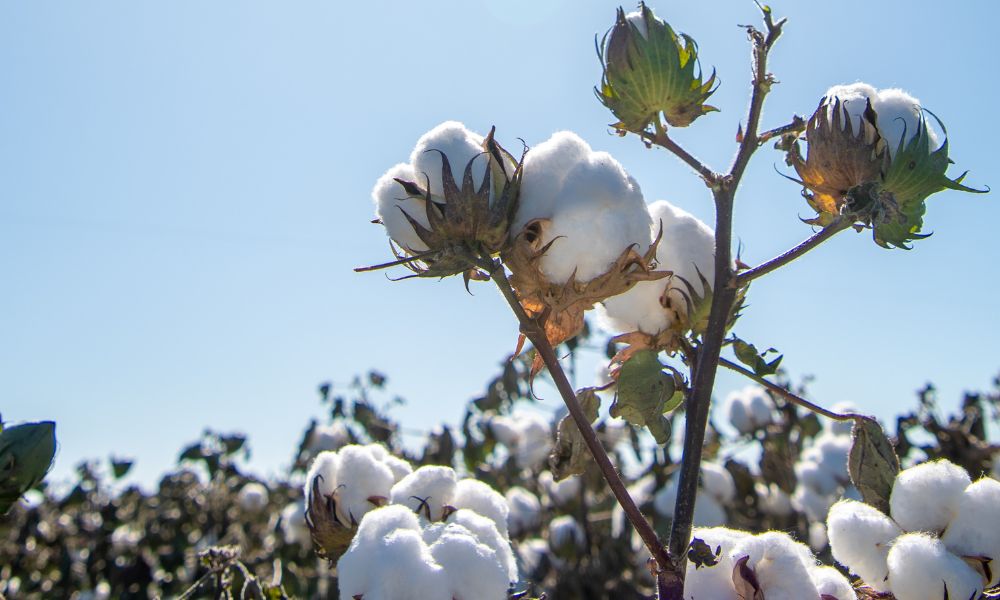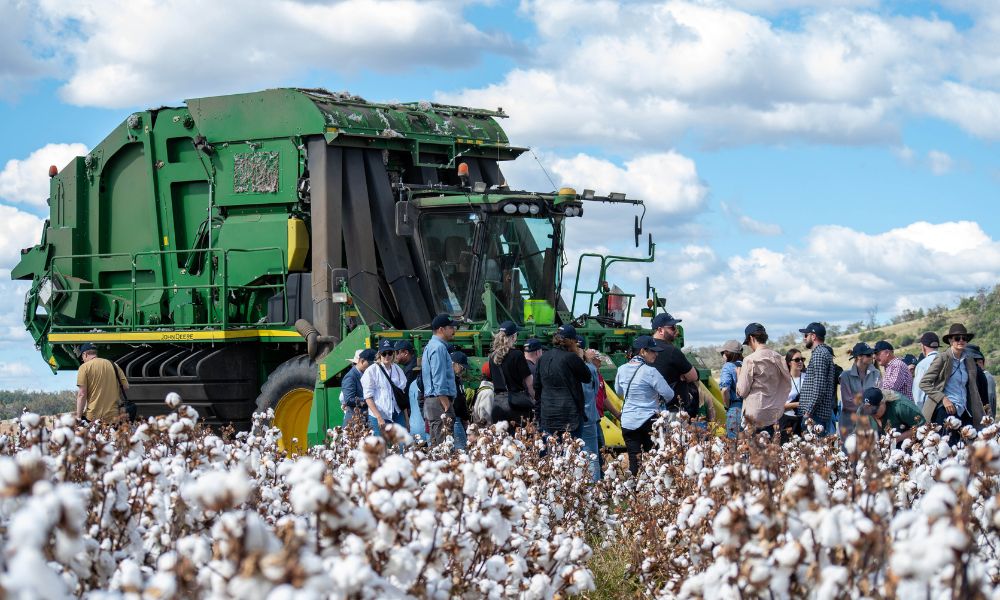Relocated Cotton Winter Nursery Plants First Crop in Costa Rica
January 9, 2017
Breeders develop improved varieties by exploiting genetic variation. They exploit that variation by selecting those progeny that exhibit the highest level of traits that growers desire. The Cotton Winter Nursery (CWN), which has been a vital part of the cotton research community for over 60 years, is a major tool that allows breeders to advance genetic gain more quickly by allowing for two growing seasons per calendar year. By having two growing generations per calendar, the Cotton Winter Nursery provides breeders the opportunity the make selections twice per year, thereby doubling genetic gain.
Until two years ago it was located in central Mexico, but it has now been relocated to Costa Rica near the northwest city of Liberia. The relocation has involved building the operation from the ground up for Dr. Don Jones, Director of Agricultural Research at Cotton Incorporated. His first task was identifying and hiring a site manager, and he selected Alfonso Palafox who had 10 years of previous CWN experience in Mexico.
Alfonso and Don invested countless hours during 2015 and 2016 visiting several countries and gathering input from private and public sector cotton scientists before deciding northwestern Costa Rica was the best location. This area was chosen primarily because it has a suitable cotton growing environment, affordable labor force, available water and reliable flights. However, this positive combination did not make for an easy relocation. There were numerous decisions that had to be correctly made and executed in a timely manner for the CWN relocation to be successful. First, an office that contained sufficient working space needed to be identified that was close to a suitable field for the actual nursery. An irrigation well needed to be installed since the winter months, the CWN growing season, is usually very dry. A field staff needed to be hired and trained to plant, self, harvest, gin, delint, and ship seed to US customers. While all this was moving along, Alfonso and Don had to learn the nuances of import/export permits, phytosanitary certificates, and commercial invoices of both Costa Rica and the US and introduce themselves to a whole new group of customs inspectors and government officials. A plethora of office, field, and seed processing equipment needed to be purchased, oftentimes shipped across borders, or built to get the CWN fully operational. For example, Alfonso and Don were able to build an acid delinting system so that seed returned to US customers will not be ‘fuzzy’ but ‘black’ for the first time in CWN history. This aids in significantly cutting the time required to import seed into the US.
Many challenges were overcome to establish the CWN in Costa Rica, one of which was the first hurricane to hit the country in 150 years, but we meet and exceeded the expectations of the cotton research community. We were able to accomplish all of this due to funds provided by USDA-ARS, insights shared by staff from private industry cottonseed providers who operate within Costa Rica, and assistance from various Cotton Incorporated staff.














Recent Comments